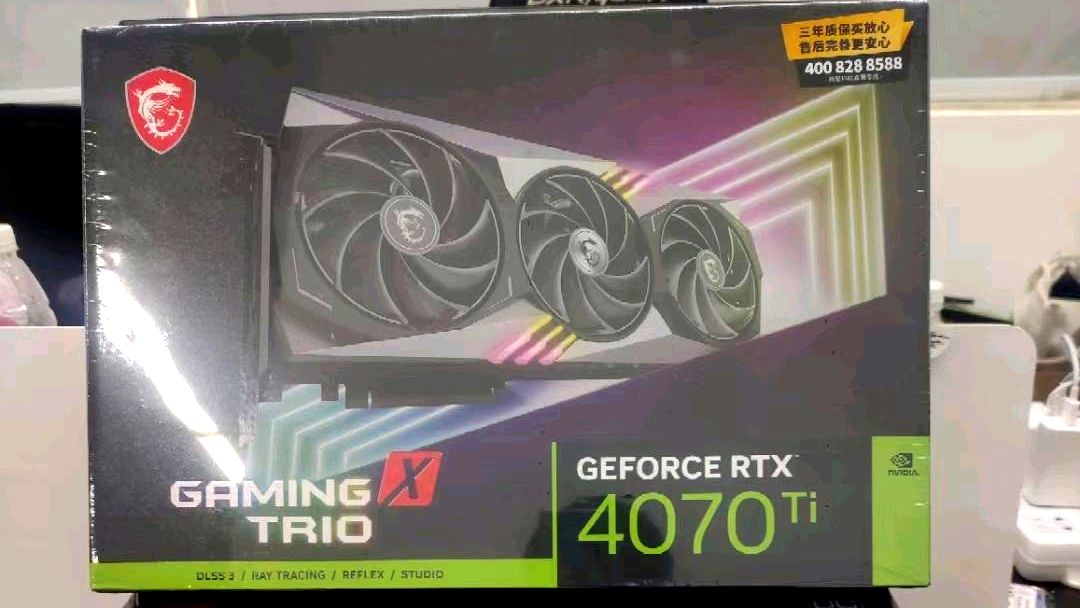I love that nVidia buyers are excited for fake frames. Spending thousands on hardware that comes with software to make it feel faster. Like someone else said, nVidia are great at inventing problems so they can sell you the solution.
Fake frames?
I don't use DLSS3 frame generation, don't need to & don't want to.
In base performance, without frame generation - the 4090 is still far ahead of AMD & we haven't seen the release of the full size chip yet.


 ).
).



